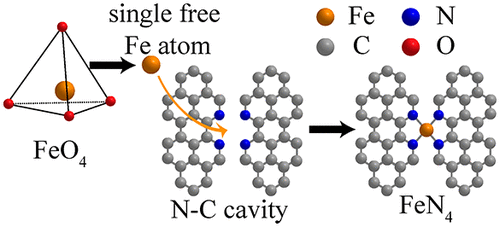(On the road to non-toxic and stable perovskite solar cells)
2020/5/11 ドイツ連邦共和国・ヘルマン・フォン・ヘルムホルツ協会(HGF)

・ HGF の HZB(物質・エネルギーヘルムホルツセンター)と中国・蘇州大学による研究チームが、鉛を含有しないペロブスカイト太陽電池で長期間の安定した性能を達成。
・ 太陽電池の新素材として特に期待されているハロゲン化ペロブスカイトを使用した太陽電池では、数年間でエネルギー変換効率が数%から現在の 25%超まで向上しているが、最高性能のものには環境に有害な鉛が含まれる。
・ この鉛を毒性のより低い他の元素で代替することが難しく、最も有望とされるスズで代替することで優れた光学特性が得られるが、スズのカチオンが環境中の酸素と急速に反応することで効率性が低減する。このような「エイジング」が主要な課題となっている。
・ 今回、鉛をスズで代替し、2 次元構造のペロブスカイト層にフェニルエチルアンモニウムクロリド(PEACl)を添加して熱処理を行い、縦方向に整列配置された 2 次元ペロブスカイト結晶の、いわゆるルドルスデン=ホッパー相を作製。熱処理により PEACl 分子がペロブスカイト層間に蓄積し、スズカチオンの酸化を防ぐバリアを形成する。
・ 鉛を使用しない同ペロブスカイト太陽電池では、日中と夜間の両条件下にて最高で 9.1%のエネルギー変換効率と高い安定性を達成。より高効率で安定した鉛フリーのペロブスカイト太陽電池開発の可能性が期待できる。
URL: https://www.helmholtz-berlin.de/pubbin/news_seite?nid=21321;sprache=en
<NEDO海外技術情報より>
(関連情報)
ACS Energy Letters 掲載論文(アブストラクトのみ:全文は有料)
Tin halide perovskite films made of highly oriented 2D crystals enable more efficient and stable
lead-free perovskite solar cells
URL: https://pubs.acs.org/doi/10.1021/acsenergylett.0c00782
Abstract
Low toxicity and an ideal energy bandgap make two-dimensional (2D) Ruddlesden–Popper tin-based halide perovskites a promising photovoltaic material. However, the disordered crystal orientation and the oxidation of Sn2+ to Sn4+ still need to be addressed. Here, we demonstrate that the annealing of FASnI3 assisted by phenyl ethylammonium chloride enables the formation of more ordered 2D tin-based perovskite crystals oriented vertically. We use in situ synchrotron-based grazing incident X-ray diffraction to correlate the higher crystal orientation to the better device performance. We measured a maximum power conversion efficiency of more than 9%. Furthermore, we demonstrate that the phenyl ethylammonium chloride acts as a barrier layer at the surface of the crystals protecting the tin from the oxidation. Hence, this work paves the way for more efficient and stable lead-free perovskite solar cells.



